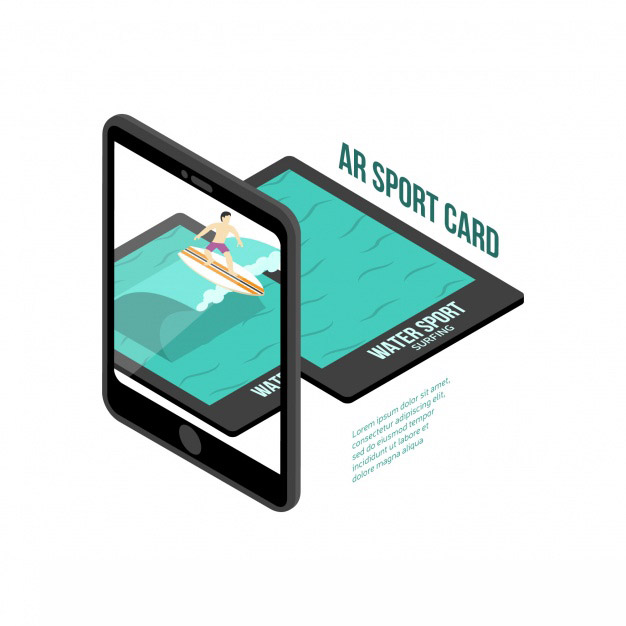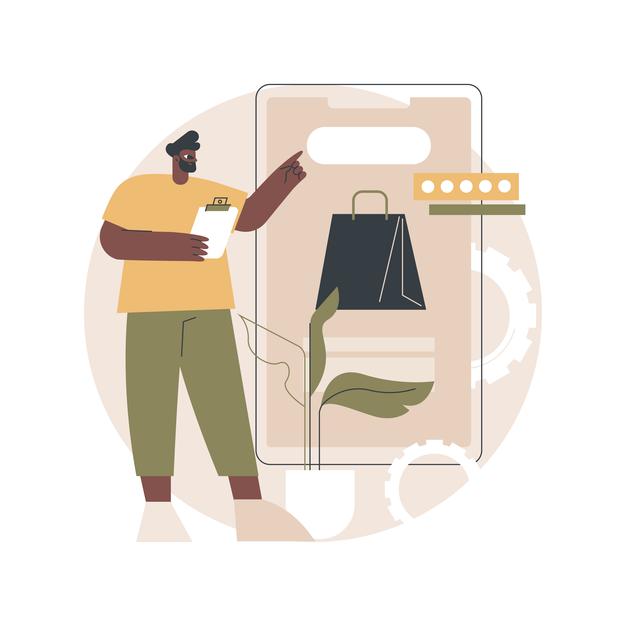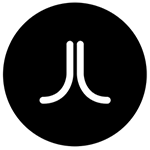NFTs (non-fungible tokens) can act as digital representations of physical products such as oil paintings, apparel, jewellery or anything else relevant to your creative business. NFTs allow artists to create digital representations of their physical products that can be sold and traded on the blockchain. This allows the artist to monetise their work in a new way and to reach new audiences in many new and interesting ways such as through the Metaverse.

The Metaverse
The great thing about NFTs is how they can be displayed in the Metaverse, which is a virtual world that exists in the digital space. There are many Metaverse’s being built each offering different utilities to people that purchase an NFT from their projects such as a PFP (profile picture) NFT or virtual land which is offered to projects such as the xSpectar Project. It isn’t a central space and whether that is good or bad is up for debate. Many want the decentralisation aspect but we also want to be connected, yet there is a disconnection when Metaverse’s split into thousands of separate virtual worlds. So it can be important to focus on where you want your artwork to be displayed when looking for potential buyers.
In the Metaverse, NFTs can be featured in virtual galleries and exhibitions, allowing the artwork to be seen by a much wider audience than would be possible in the physical world helping to open up new opportunities.
As an artist, aside from the financial gain from making sales, much more importantly, we want people to view and enjoy our artwork. Artists who submit their artwork to galleries get the ability to share their work with visitors, and while this is fantastic, it is also extremely limiting in its reach, especially if your painting is bought up instantly and then stays forever on a private wall.
Virtual Reality
VR (Virtual Reality) headsets provide viewers with a completely immersive experience that allows them to move around the artwork, get up close to view details, and even interact with the artwork. With virtual reality, viewers can explore the artwork from any angle and move around the environment, creating a more engaging and realistic experience of the art. Similarly, 3D projection and stereoscopic 3D allow viewers to experience the artwork in three dimensions, providing a more lifelike experience than in Web2.

Augmented Reality
AR (Augmented Reality) apps bring art to life by allowing viewers to interact with the artwork in real time. For example, viewers can use an AR app to examine the artwork from different angles, add annotations, or even animate the artwork. AR apps also provide viewers with additional information about the artwork, such as the artist’s biography or the historical context.
Artists can be much more creative but it does mean that they need to put even more work into enticing an audience into viewing their artwork. Something that I’ve done to elevate the viewing experience is by adding animation over the top or re-editing it to go into AR so that buyers of my print can also view the animated version by holding their phones up to the print. Two good AR Apps to make your work more immersive are Artvive and EyeJack.

Virtual Showcasing
Web3 has also enabled new opportunities for artists to showcase their work in innovative ways. For example, artists can create virtual exhibitions, allowing them to reach a wider audience and generate more interest in their art. Additionally, artists can use Web3 to create interactive art installations that allow viewers to interact with the artwork in real-time.
If you are selling apparel you may be able to scan your items by taking multiple angles of the item and importing them into software, where you can create an exact 3D model replica. Achievable now on mobile, you can use an App called Polycam. To really benefit from this app there is a cost per year to render and use their cloud service but if you intend to use it often to create digital versions of your physical goods it might be an option to consider.
This digital replica can then be put into a Metaverse, so people wearing VR can see the item to scale and walk around it, maybe even pick it up. Then if they like it, they could pay for it within the virtual space and send you payment, settling almost instantly. You as an apparel business owner could then send that item to the buyer immediately as you know that their payment won’t bounce or get rejected and no middleman needed to come in between like Paypal taking fees. The only fee may be the gas fee of the transaction.
If you mint your NFTs on the Ethereum Blockchain, there are plenty of devs who have created well-designed galleries such as OnCyber using the latest Unreal Engine to fully connect and display your NFTs in hyperrealistic galleries. Unfortunately for other lesser-known or newer blockchains, these capabilities remain to be seen.

Physical Redemption
A Defi company such as FLR Finance, are looking to implement physical redemption of NFTs using their Ermis Protocol. It allows you to redeem and share your information, where the physical item will be distributed on-chain, remaining completely private between both the buyer and seller.
Physical Backed Tokens
There is also the PBT, short for Physical Backed Token, which is a brand new way of connecting an NFT with physical items, thanks to the Azuki project. Aside from the Web3 experience, it also allows your customers to have proof of authenticity verifiable via the blockchain, with full tracking of ownership history. The only issue currently, is that this technology is so new that it is only available on particular blockchains and not easily accessible.

Envisioning the Future
Imagine you had a chair, and that chair had a built-in chip. And with that chip, you can scan it on your phone and see its full history of transactions and traded prices. And you put the digital version of that chair into the metaverse and had it for sale. You now have a piece of furniture that the world can view and possibly buy if an offer was made. And this can in theory be applied to almost anything, including your drawings, sculptures and paintings.
I am confident in saying that this is where our world is headed and people will favour items that can be authenticated in this way over items that can’t. I envision almost all of our personal belongings to be connected in this way, essentially converting illiquid assets into liquid assets.
Perhaps one day soon we will all be able to upload our physical goods and upload them into the metaverse, into our virtual shops, removing the distance barrier while letting people shop in a natural way as we all do in our nearby high street. We may also go full circle and end up working with reputable galleries in the Metaverse where yet again they take a large cut of the sales. Only this time, instead of it being sold to a local buyer, it is sold to a buyer on the other side of the world.

